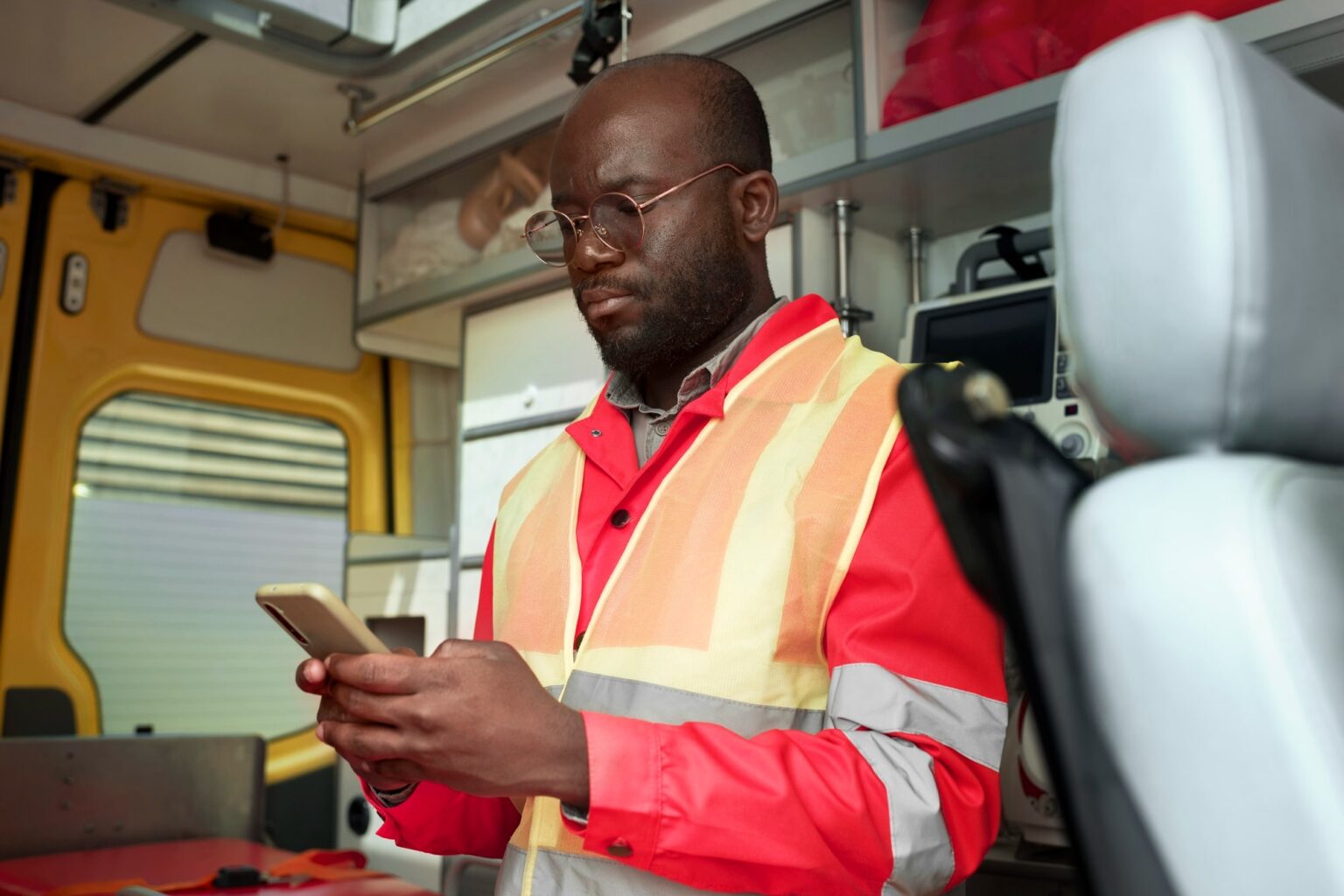Telemedicine plays a critical role in disaster response by providing remote medical care and support in crisis situations. Here’s how telemedicine enhances disaster response efforts:
Remote Medical Triage: Telemedicine enables remote medical triage, allowing healthcare providers to assess and prioritize patients’ needs remotely. In disaster-stricken areas, where access to healthcare facilities may be limited or disrupted, telemedicine platforms can be deployed to connect patients with healthcare professionals. Through video or audio consultations, healthcare providers can evaluate the severity of injuries or illnesses, provide initial guidance, and direct patients to appropriate levels of care.
Remote Consultations: Telemedicine allows for remote consultations between healthcare providers and patients in disaster-affected areas. Using video conferencing or telephonic communication, healthcare professionals can provide medical advice, diagnose conditions, and recommend appropriate treatments. This remote consultation option reduces the need for patients to travel to distant healthcare facilities, conserves limited resources, and ensures that medical expertise is accessible even in areas with damaged infrastructure or limited healthcare capacity.
Coordination of Care: Telemedicine facilitates coordination of care among multiple healthcare providers and emergency responders during disaster response efforts. Through secure messaging and video conferencing, healthcare teams can collaborate, share patient information, discuss treatment plans, and make well-informed decisions in real-time. This coordination ensures continuity of care, reduces duplication of efforts, and optimizes resource allocation in challenging environments.
Remote Monitoring and Support: Telemedicine enables remote monitoring and support for patients in disaster-affected areas. Wearable devices, remote monitoring systems, and telehealth applications allow healthcare providers to track patients’ vital signs, symptoms, or medication adherence from a distance. This remote monitoring helps identify deteriorating conditions, intervene promptly, and provide necessary guidance or adjustments in treatment plans, enhancing patient outcomes and reducing the need for unnecessary transfers or evacuations.
Mental Health Support: Telemedicine plays a vital role in providing mental health support during and after disasters. Through secure video conferencing or virtual platforms, mental health professionals can offer remote counseling, therapy sessions, and psychological support to individuals affected by the disaster. This remote access to mental health services helps address post-traumatic stress, anxiety, depression, and other psychological challenges that may arise in the aftermath of a disaster.
Training and Education: Telemedicine platforms can be utilized for remote training and education of healthcare providers involved in disaster response efforts. Remote training sessions, webinars, and educational resources can be disseminated to enhance the skills and knowledge of healthcare professionals in managing disaster-related healthcare needs. This ensures that healthcare providers have the necessary expertise to deliver appropriate and timely care in challenging environments.
Telemedicine Kits and Mobile Units: Mobile telemedicine units or kits equipped with communication devices, diagnostic tools, and remote monitoring equipment can be deployed to disaster-affected areas. These kits enable on-site medical personnel to provide immediate telemedicine services, facilitating timely assessments and interventions. These portable telemedicine solutions can be quickly set up in temporary medical facilities, evacuation centers, or field hospitals, ensuring access to medical care in remote or underserved locations.
Telemedicine is a powerful tool in disaster response, offering remote medical triage, consultations, coordination of care, monitoring, mental health support, training, and mobile telemedicine solutions. By leveraging telemedicine, disaster response teams can extend the reach of healthcare services, improve patient outcomes, and effectively allocate resources in challenging and resource-constrained environments.



